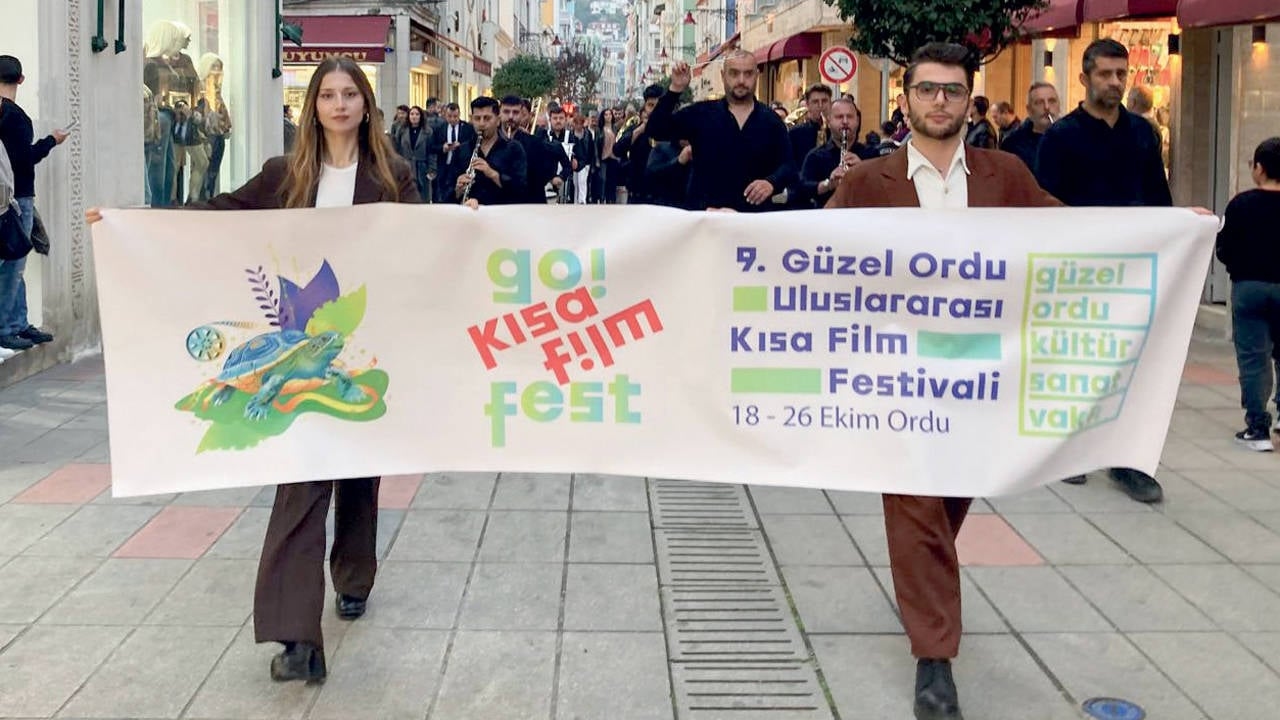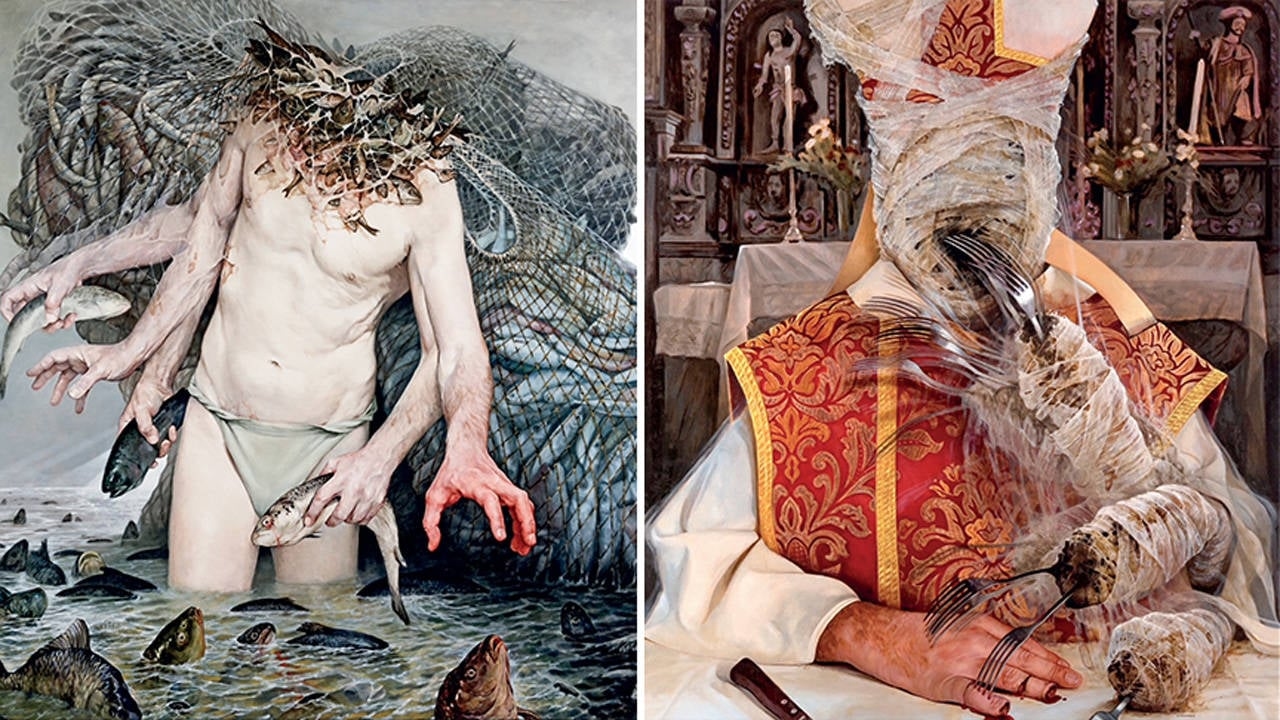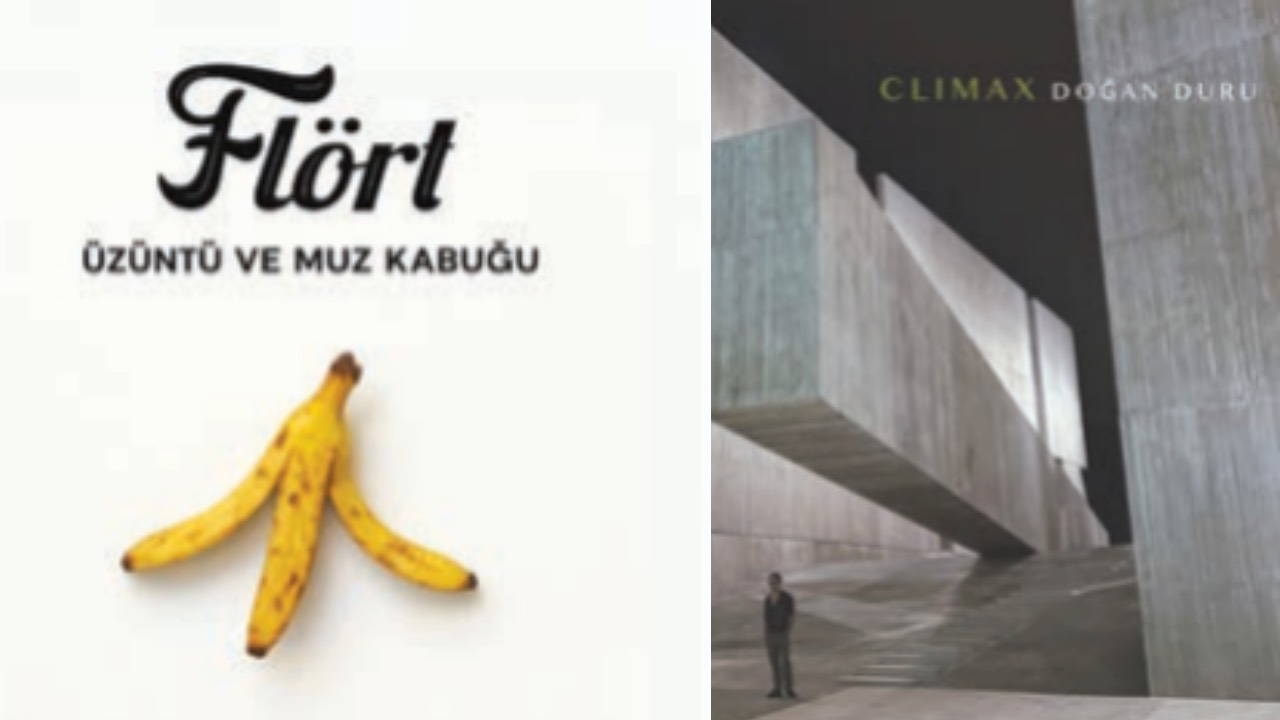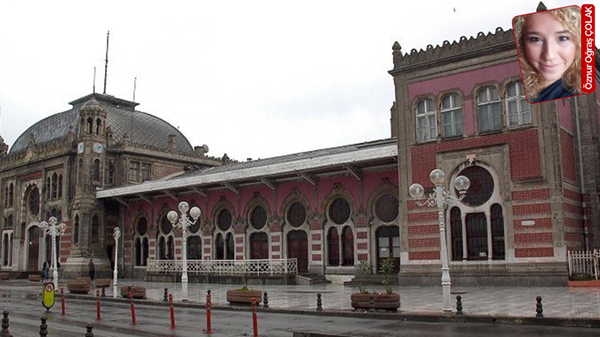The wounds of the age are reflected on the canvas
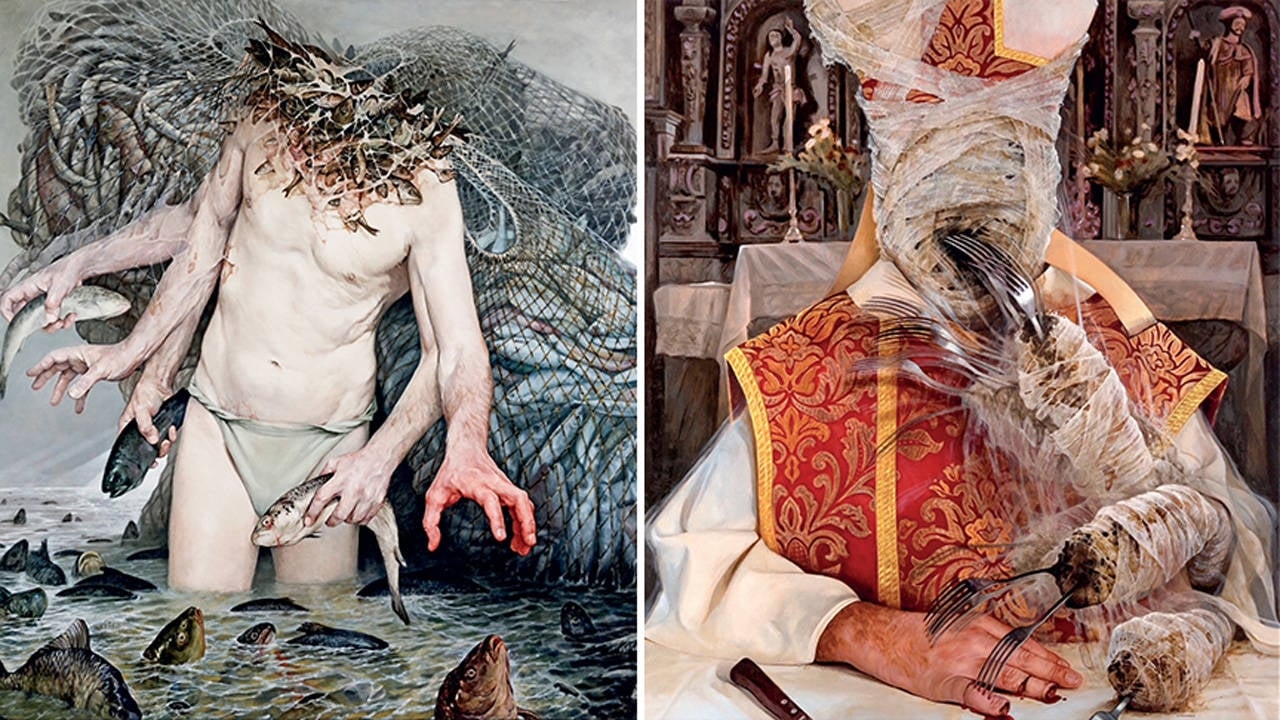
Tugce Celik
Polish painter Krzysztof Powałka is a "psychorealist." His paintings confront the viewer with an unsettling silence; the figures are frozen, the colors heavy, and the narrative echoes an inner tension. For Powałka, psychorealism, which focuses on realistically depicting the human inner world, is not merely an aesthetic choice but a manifesto about human existence.
The artist defines psychorealism as "an artistic approach born from the depths of human experience." Inspired by the psychological realism movement that emerged in literature in the late 19th century, this approach aims to directly express the artist's inner world. "Realism in painting is not a copy of the external world, but a projection of the internal one," the artist says, adding: "Each of my paintings is born from a personal experience, a feeling. Loneliness, failure, betrayal, joy, death... No matter which extremes a person wanders to, that movement is reflected in the painting."
For him, everything is connected to the inner struggle of man: “At the center of my conceptual and artistic thought is the human being: a complex being, full of contradictions, with virtues and flaws. Caught between good and evil, instinct and reason, this being places itself above other species but remains flawed. This is a never-ending inspiration for me.”
In Powałka's practice, idea transcends technique. The process of painting is like a mental quest taking concrete form: "I want a thought born in my mind to materialize. This process seems simple, but it's meticulous, taking months." The artist emphasizes that even when working with dark themes, she seeks light: "Where one sees darkness, another may see light. Fears, contradictions, silences... Even expressing them, acknowledging their existence, is the beginning of a solution."
Powalka emphasizes that the essence of psychorealism lies in an awareness of the dual nature of human nature: "We oscillate between light and darkness, body and soul, emotion and reason. Although these realms are mutually exclusive, they form a whole. In my paintings, I seek the harmony within these opposites," he says.
Powałka’s paintings bear the traces of the social wounds of the age along with emotions: “Today, humanity lives with unresolved, urgent problems. The war in Ukraine, the genocide in Gaza, global warming, water scarcity, migration, social injustice, the collapse of religions… The dark side of digitalization and artificial intelligence… These are not just photographs of the age, they are a mirror of the human soul.”
The artist's paintings "Ofiara (Sacrifice)" and "Rajski Ogród (Garden of Eden)" are striking examples of this approach. "The figures' expressionlessness deliberately enhances the effect," he says, continuing: "Psychorealist painting establishes a dialogue with the viewer. Figurative elements and symbols are like an alphabet through which the painting speaks."
For Powałka, art is not a one-sided monologue: “I don’t want to turn the viewer into a silent observer. The artist sets the scene but leaves the interpretation entirely to the viewer. Everyone sees something different, depending on their own feelings. This difference enriches us; it pushes us to understand, change, and transform.”
The artist concludes: “This is precisely the essence of art. Remaining open to understanding, change, and transformation. The human inner world is a battlefield where good and evil are born. If we cannot prevail in this battle, no matter how far we travel, no new world we find will be considered saved.”
BirGün

